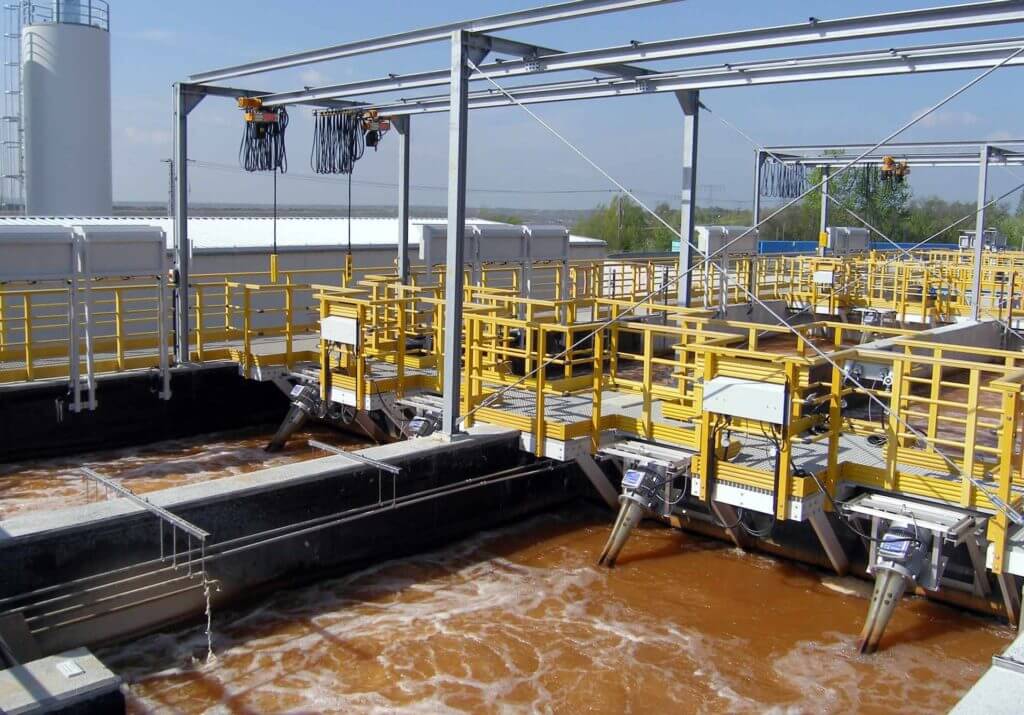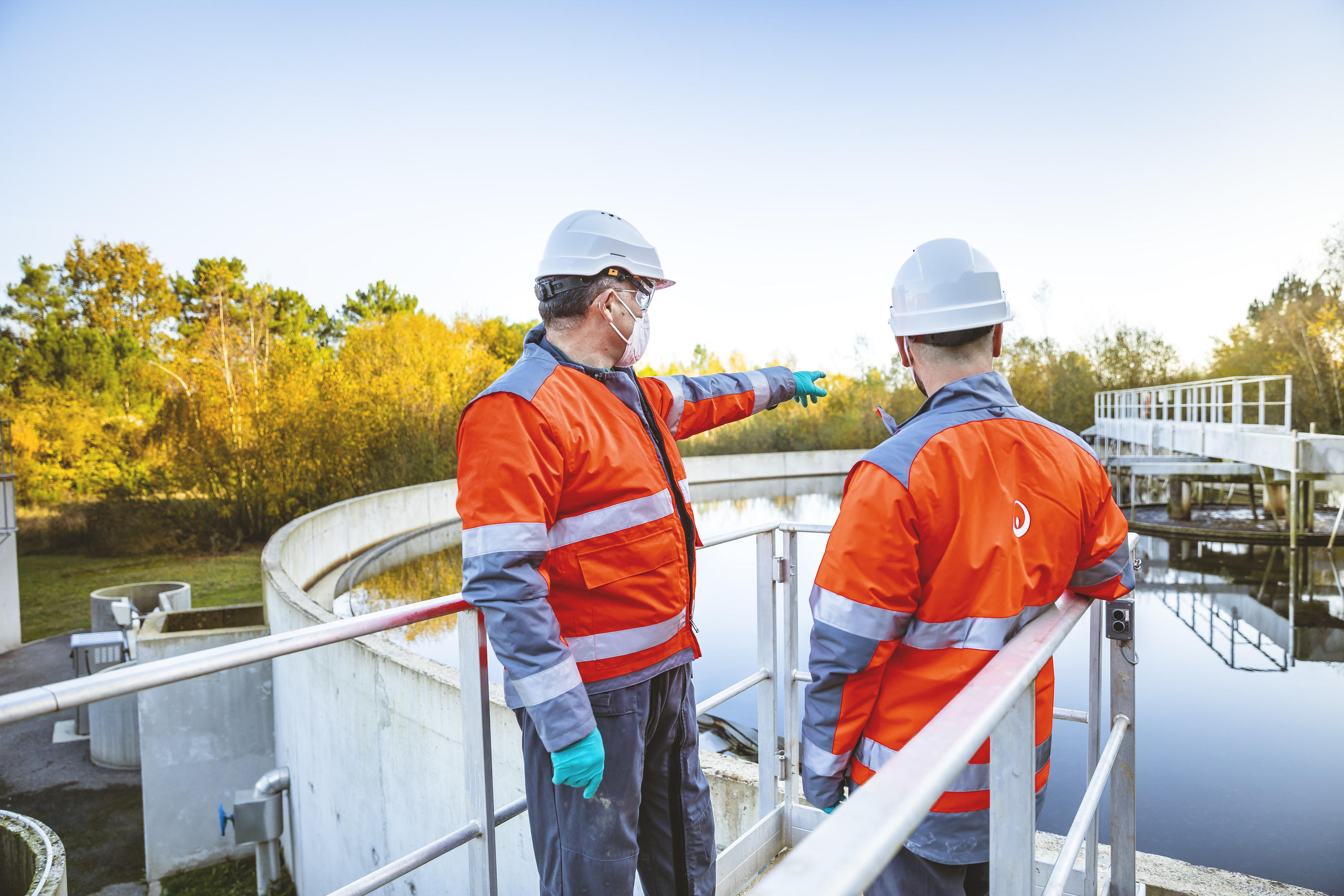Industrial Waste Water Treatment-- Tailored Solutions for Effective Wastewater Treatment
Industrial Waste Water Treatment-- Tailored Solutions for Effective Wastewater Treatment
Blog Article
Challenges and Solutions in Hazardous Waste Water Treatment
The treatment of industrial wastewater offers a multifaceted variety of challenges, ranging from strict regulatory compliance to the ins and outs of cost monitoring and technical limitations. The irregularity in waste composition better makes complex the efficiency of conventional therapy approaches, usually causing intensified operational expenses. Emerging options such as sophisticated oxidation procedures and innovative funding versions reveal promise in dealing with these problems. As markets come to grips with the demand for lasting practices, the inquiry stays: what approaches will inevitably lead to a balance in between compliance, cost-efficiency, and environmental obligation?
Regulatory Conformity Challenges
Just how can commercial facilities browse the complex landscape of regulatory conformity in wastewater treatment? The regulatory structure controling wastewater monitoring is diverse, usually varying by territory and type of industry.
To properly take care of these compliance challenges, centers need to carry out robust tracking and reporting systems that guarantee real-time data collection and evaluation. Normal audits and danger evaluations can identify potential compliance spaces, permitting aggressive changes in therapy processes. Employee training programs focusing on regulative expertise and finest methods are vital to cultivate a culture of conformity within the company.
Additionally, engaging with regulative companies can offer beneficial understandings and make clear ambiguous guidelines. Facilities may also benefit from speaking with environmental specialists who concentrate on wastewater treatment compliance, ensuring that they stay informed of developing laws. By taking on these approaches, industrial facilities can not just meet compliance needs but likewise improve their functional efficiency and environmental stewardship.
Price and Financial Barriers
Navigating regulative conformity in wastewater therapy typically offers significant financial difficulties for commercial centers. The prices associated with carrying out essential therapy technologies, maintaining compliance with rigid laws, and taking care of functional expenses can be daunting. Numerous organizations deal with high preliminary capital investment for the construction or upgrading of wastewater treatment plants, which may strain budgets, particularly for medium-sized and tiny ventures.
In addition, recurring functional prices, consisting of upkeep, labor, and chemical inputs, add to the economic worry. The changability of rising and fall power rates and the prospective requirement for extra investments to meet evolving laws aggravate these financial stress. In most cases, the lack of economic incentives or support from government bodies makes it a lot more tough for organizations to warrant financial investments in sophisticated treatment systems.
In addition, the financial practicality of wastewater treatment remedies is usually examined, particularly for industries with limited profit margins. Therefore, it is critical for commercial facilities to discover economical techniques, such as taking on ingenious financing alternatives, participating in collaborations, and leveraging emerging technologies that can assist reduce these financial barriers while making certain compliance with environmental criteria.

Technical Limitations
Various technological constraints impede the performance of commercial wastewater treatment procedures. One significant difficulty is the inadequacy of existing therapy technologies to resolve complicated impurities.
Furthermore, the scalability of therapy innovations postures a difficulty. While some sophisticated techniques, like membrane filtration or innovative oxidation, reveal pledge in controlled settings, their application on a larger scale can be practically tough and prohibitively costly. Upkeep and functional complexities additionally make complex the fostering of these systems, specifically for smaller sectors with minimal technical competence.
The integration of real-time monitoring modern technologies also remains not enough in many therapy centers. Without efficient monitoring systems, drivers can not properly assess treatment efficiency or additional hints discover possible failures, causing inconsistent effluent high quality. Attending to these technical restrictions through study and development, along with financial investment in cutting-edge services, is crucial for boosting the effectiveness of commercial wastewater therapy and ensuring regulative conformity.
Variability in Waste Structure
In the world of commercial wastewater therapy, the variability in waste make-up offers a powerful challenge. Industries generate wastewater with diverse qualities, influenced by aspects such as production news processes, resources, and functional practices. This diversification complicates the treatment procedure, as traditional systems often have a hard time to efficiently address the vast array of pollutants existing.
For instance, wastewater from food handling may contain high degrees of raw material, while effluents from chemical manufacturing can include unsafe substances and heavy steels. This variation demands adaptable therapy approaches to guarantee compliance with ecological laws and protect public health and wellness. Furthermore, changes in waste structure can take place over time, influenced by modifications in manufacturing schedules, maintenance activities, or the introduction of brand-new products.

Innovative Therapy Solutions
Innovative therapy services are crucial for resolving the intricacies of industrial wastewater monitoring. Conventional methods typically drop brief in efficiently removing a large range of contaminants, specifically in facilities with varied effluent streams. Recent advancements concentrate on incorporating advanced innovations to boost therapy effectiveness and sustainability.
One promising strategy is making use of sophisticated oxidation processes (AOPs), which take advantage of effective oxidants to deteriorate natural toxins. AOPs, including photocatalysis and ozonation, can substantially minimize hazardous compounds and improve effluent high quality. In addition, membrane bioreactor (MBR) innovation has obtained grip, integrating organic therapy with membrane layer filtration, causing high-grade effluent and reduced impact.
Another innovative solution is the execution of resource recovery systems. Methods like anaerobic food digestion not just treat wastewater but also produce biogas, which can be taken advantage of as a sustainable power source. The fostering of man-made knowledge and equipment understanding designs can enhance therapy processes by forecasting variations in link wastewater composition, consequently enhancing operational effectiveness.
These cutting-edge options not only address governing conformity yet also promote environmental sustainability, leading the way for a much more effective and durable industrial ecosystem.
Conclusion
In verdict, addressing the difficulties of commercial wastewater treatment requires a multifaceted method that incorporates regulatory compliance, expense management, and technological advancements. A dedication to constant improvement in therapy methods will ultimately contribute to the effective monitoring of industrial wastewater and environmental protection.
The therapy of industrial wastewater presents a multifaceted range of obstacles, ranging from stringent governing compliance to the complexities of cost monitoring and technical constraints. Industrial Waste Water Treatment.Navigating regulatory conformity in wastewater treatment frequently offers considerable financial challenges for industrial facilities. Addressing these technological constraints via research study and development, together with investment in ingenious remedies, is important for boosting the efficiency of industrial wastewater treatment and making sure governing conformity
Wastewater therapy facilities must spend in robust tracking systems and flexible therapy technologies qualified of fitting varying influent qualities.In final thought, dealing with the challenges of commercial wastewater treatment requires a multifaceted method that incorporates regulatory compliance, cost management, and technological innovations.
Report this page